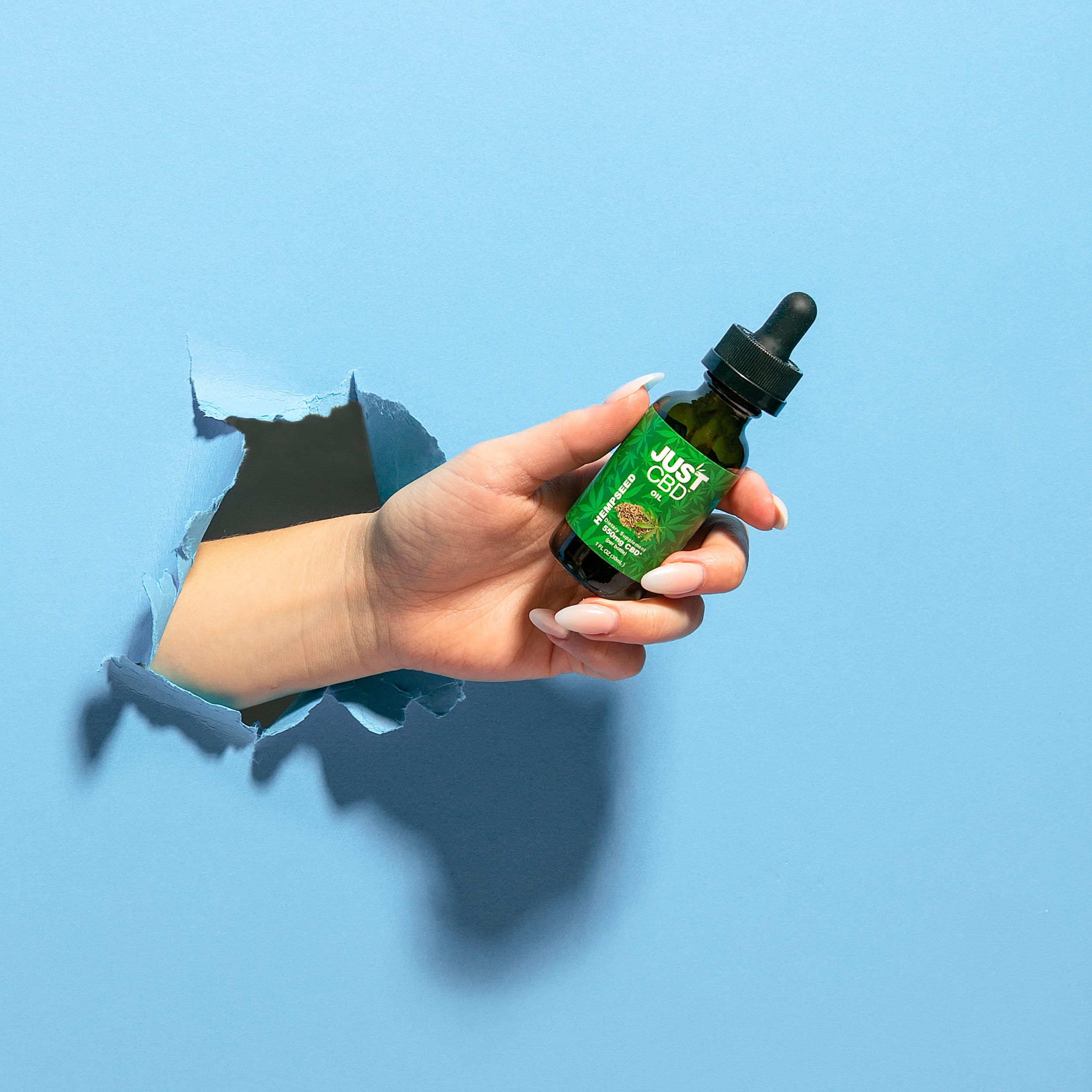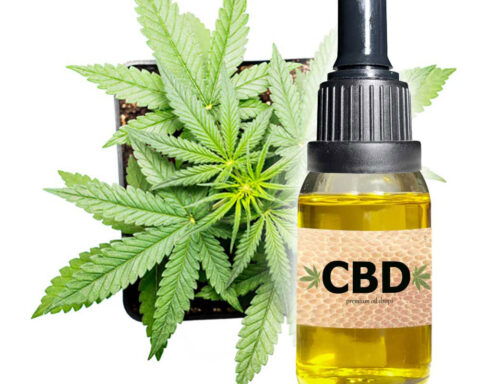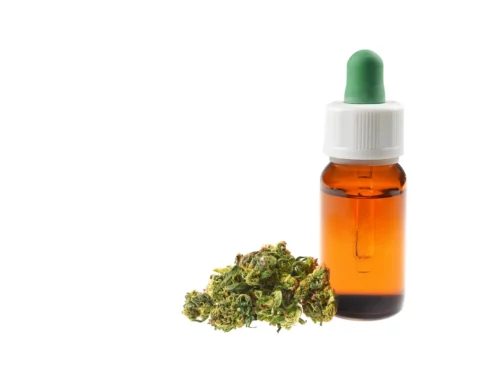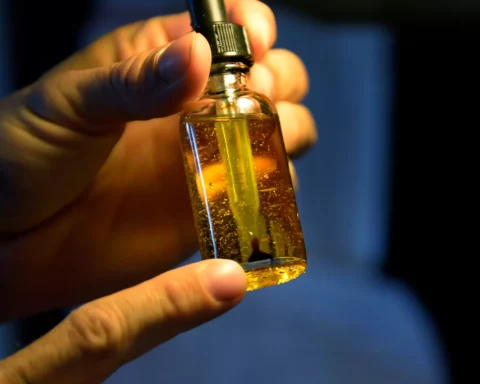As part of a regimen, CBD oil is no longer outlawed and has become a major part of the mainstream. It is no longer edgy, and one can easily find it in most health food stores and dedicated CBD shops nearby. Despite the hype around CBD oil, there is so much that people need to understand about the cannabinoid. For instance, it is crucial to know what it is, how to take it, its doses, types, and more, which this article focuses on. Even after knowing all this, consult the doctor before trying any CBD oil product.
Understanding CBD Oil
CBD oil is a naturally occurring chemical compound and one of the 113+ active compounds in cannabis plants. It can come from marijuana or hemp plants, although most brands focus on hemp-derived CBD oil with less than 0.3% THC, in harmony with the 2018 Farm Bill that decriminalized CBD oil and industrial hemp, but not without restrictions. Unlike THC, that’s closely linked to CBD oil and is often confused for it, it is non-psychoactive and does not make a person ‘high’ or ‘stoned.’ Still, there are synthetic alternatives to CBD oil that are manufactured in the labs using limonene and modified yeast and bacteria or chemical products.
Types of CBD Oil
There are three types of CBD oils based on formulation, including;
Full-spectrum CBD oil
Has CBD, the psychoactive THC, and many other cannabinoids, terpenes, and flavonoids. Because of the many compounds in the full-spectrum whole-plant CBD oil, it is linked to a full entourage effect, although studies are yet to confirm whether the latter is connected to all the components of CBD oil.
Broad-spectrum CBD oil
It’s more like full-spectrum CBD oil since it contains CBD, multiple cannabinoids, terpenes, and flavonoids. However, it lacks the psychoactive THC, but it is still linked to the full entourage effect.
Isolate-based CBD oil
Has purified CBD and contains no terpenes, flavonoids, or additional cannabinoids.
What Informs a Person’s Ideal CBD Oil Type?
Having learned about the three formulations there are, how to decide on the type of CBD oil you can take depends on the purpose of consuming the cannabinoid. For instance, opt for full-spectrum and broad-range CBD oil if you are after the full entourage effect, and the latter is a better option if you want non-THC full entourage effect. The two are still ideal if you want less refined CBD oil and enjoy the characteristic earthy flavor and taste of the hemp plant. However, if you want nothing to do with THC, enjoy large CBD oil dosages, or take up drug tests occasionally and would not like to fail them, isolates should be the best option. Still, isolates undergo a lot of processing and may not be the best fit for those hating on heavily refined products.
What Delivery Methods of CBD Oil Are There/ How Do You Take CBD Oil?
One reason people like CBD oil is that it is available in various delivery methods, presenting CBD enthusiasts with a plethora from which to choose. Here are the various CBD oil delivery methods;
CBD Oils and CBD Tinctures
CBD oil comes in liquid form as oils and tinctures, to be taken orally or sublingually. Sublingual administration means putting the oil under the tongue to speed absorption. The under-tongue and checks have mucous membranes with many blood vessels that quickly move the oil into the bloodstream. One challenging thing about oils and tinctures is their bitter and earthy taste, but you can mask it with edibles or putting the drops on honey.
CBD Capsules
CBD capsules are ingestible products one takes by swallowing with water. They are an easy way to add CBD oil into a daily regimen, especially because they are less clumsy and messy. Besides, you have to bear no bitter or earthy taste with them.
CBD Topicals
CBD oil can be applied topically, and there are many topical CBD products, including creams, lotions, massage oils, shampoos, balms, and patches. Although their effects do not go beyond the top layer of the skin, people find their use quite refreshing. Besides, they are fortified with additional ingredients to add to their role, including eucalyptus, mints, ginkgo, jojoba, lavender, and cocoa extracts.
CBD Vapes
CBD oil can also be vaped, and there are various vaping equipment for this. Choose from vape cartridges, vape tanks, and vape pens. Besides, they come in single-use and reusable options, to give the user multiple options.
CBD Edibles
CBD oil can be enjoyed by eating its edible products. They include lozenges, mints, and gummies, most of which come in various flavors and strengths. Besides, gummies can be made at home and are cheap, saving some cash for the consumer.
How Does the Consumer Go About With CBD Oil Dosages?
The FDA does not regulate the production of non-prescription CBD oil, nor does it recommend the exact dosages in which one should take the cannabinoid. Consequently, the best way to go about it is to consult the doctor before trying any CBD product. Ultimately, though, the rule of the thumb is that you ‘start low and keep it low’, meaning smaller CBD dosages are ideal, especially when starting out on the regimen and are unsure how the body will respond to it. Increase the dosages with 5 mg intervals, but one needs at least a week to know how the body responds to a given dosage. As such, keep track of dosages and responses until you are sure about how much CBD oil the body can comfortably sustain.
Conclusion
CBD oil is a non-psychoactive cannabinoid majorly extracted from hemp plants. It comes in isolate-based, full- and broad-spectrum CBD formulations, and its edibles can be enjoyed in tinctures, vapes, capsules, and topicals. The FDA does not regulate CBD production, so there are no recommended dosages for the cannabinoid. As such, speaking to the doctor helps to know how to go about CBD oil dosage.
- Is Mushroom Coffee Worth the Hype? An Expert’s Take - April 19, 2024
- Missionary Position – Least Likely To Bring You To Climax - April 7, 2023
- Vibrators could put you in Jail - March 31, 2023









